Transforming Logistics with Digital Technology | DNC Automation Malaysia
In today’s fast-paced logistics landscape, digital transformation is key to staying competitive. From real-time tracking and predictive analytics to robotics and smart automation, modern technologies enable faster deliveries, lower operational costs, and end-to-end supply chain visibility. DNC Automation delivers tailored solutions in Malaysia, helping warehouses and logistics operators integrate advanced systems, optimize processes, and achieve measurable efficiency gains.
What Is Digital Transformation in Logistics?
Digital transformation in logistics represents the fundamental reimagining of supply chain operations through integrated digital technologies, data analytics, and automation. It goes beyond simply adopting new tools—encompassing strategic organizational change that leverages technology to create new business models, improve customer experiences.
To understand it better, it helps to differentiate a few key concepts:
- Digitization means converting physical data into digital form (for example, scanning paper invoices).
- Digitalization refers to using digital tools to improve existing processes (like using barcode scanners or transport management systems).
- Digital transformation, however, is the broader change — it integrates automation, analytics, IoT, and AI to fundamentally reshape how logistics organizations operate, collaborate, and deliver value.
Today, logistics is one of the most data-driven industries. From GPS tracking and warehouse sensors to AI-powered route optimization, companies are increasingly using connected systems to make faster, smarter decisions while minimizing human error and operational waste.
Why Is Digital Transformation Important for the Logistics Industry?
In today’s fast-paced logistics environment, digital transformation is no longer optional — it’s a competitive necessity. The rise of e-commerce, same-day delivery, and customer expectations for transparency has forced logistics providers to evolve quickly.
Digital solutions enable real-time visibility of shipments, predictive analytics for demand forecasting, and automation for order fulfillment and warehouse operations. These capabilities help companies respond faster to disruptions, reduce delays, and optimize route planning — all while lowering operational costs.
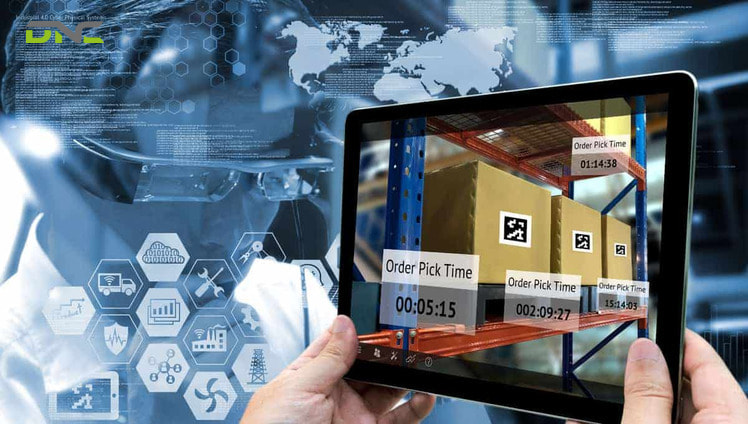
Digital transformation is no longer optional — it’s a competitive necessity.
What Are the Key Technologies Powering Logistics Transformation?
The digital transformation of logistics is driven by a powerful mix of emerging technologies that enhance visibility, efficiency, and decision-making. These innovations work together to connect physical operations with digital intelligence — creating a more responsive, data-driven supply chain.
- IoT & Telematics: Internet of Things (IoT) devices and telematics sensors enable real-time tracking of vehicles, containers, and goods throughout the supply chain. Logistics managers can monitor temperature, location, and condition of assets 24/7, reducing losses and improving shipment reliability.
- AI & Machine Learning: Artificial intelligence and machine learning power predictive insights, such as demand forecasting and route optimization. These technologies help logistics companies anticipate disruptions, reduce idle time, and streamline decision-making with data-backed recommendations.
- Robotics & Automation: From autonomous mobile robots (AMRs) to conveyor systems and robotic picking arms, automation is transforming warehouse operations. These technologies boost throughput, minimize human error, and ensure consistent performance in high-volume environments.
- Cloud Computing & APIs: Cloud platforms and open APIs enable seamless integration between systems such as WMS, TMS, ERP, and IoT networks. This connectivity supports real-time collaboration, faster data exchange, and centralized visibility across multiple logistics sites.
- Blockchain: Blockchain technology brings transparency and security to logistics transactions. It ensures tamper-proof recordkeeping, verifies product authenticity, and enables trusted data sharing among supply chain partners — all critical for traceability and compliance.
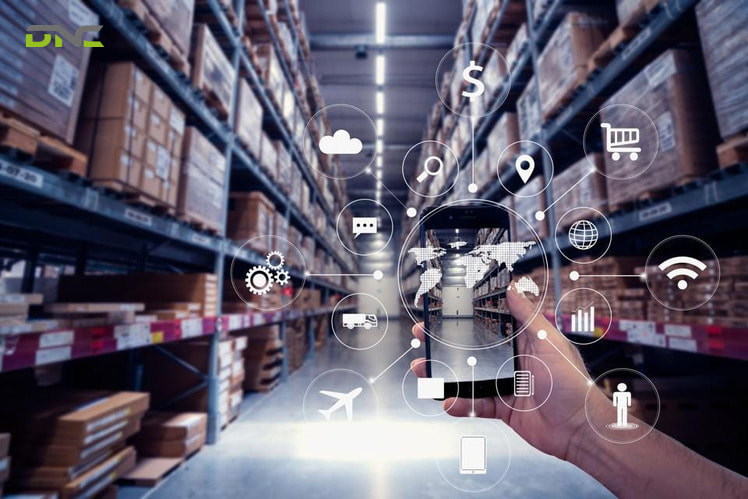
Logistics managers can monitor temperature, location, and condition of assets 24/7
What Are the Benefits of Digital Transformation in Logistics?
Embracing digital transformation brings measurable benefits to logistics companies — improving not only efficiency but also customer experience and long-term sustainability.
- End-to-End Visibility: Gain complete transparency over goods in transit, inventory levels, and order status — reducing delays and improving accountability.
- Faster, Smarter Decision-Making: Real-time analytics empower teams to make data-driven decisions and respond quickly to market changes.
- Reduced Operational Costs: Automation and predictive tools minimize manual labor, optimize routes, and reduce fuel and storage costs.
- Improved Customer Satisfaction: Digital tracking, faster deliveries, and accurate updates strengthen customer trust and loyalty.
- Greater Flexibility & Resilience: Digitally connected logistics networks adapt more easily to disruptions such as demand surges, supply shortages, or border restrictions.
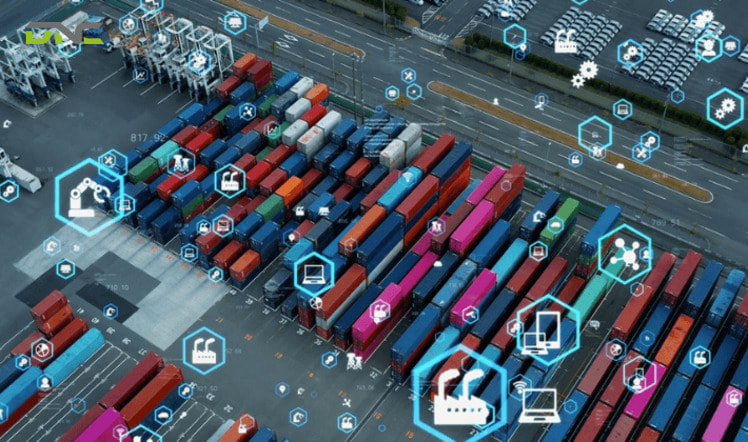
6 Benefits of Digital Transformation in Logistics
What Are the Main Challenges in Digitalizing Logistics Operations?
While digital transformation promises major efficiency gains, the journey is often complex. Many logistics companies face practical and organizational barriers that slow down their progress toward full digitalization.
- High Implementation Cost and Uncertain ROI: Digital transformation requires upfront investment in software, hardware, and training. Companies may hesitate due to uncertain short-term returns, especially in highly competitive or low-margin sectors.
- Legacy Systems and Fragmented IT Infrastructure: Many logistics providers still rely on outdated ERP or warehouse systems that are difficult to integrate with modern digital tools. This fragmentation limits data flow and real-time visibility.
- Cybersecurity and Data Privacy Concerns: As logistics networks become more connected, they also become more vulnerable to cyber threats. Protecting customer data, shipment records, and IoT-connected assets is a top priority.
- Resistance to Change and Skill Gaps: Employees used to traditional workflows may resist new technologies. Without adequate training and support, even advanced systems can fail to deliver their full potential.
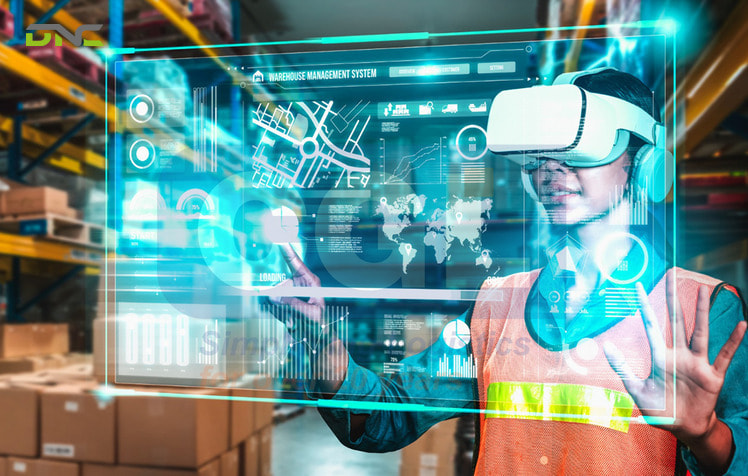
High Implementation Cost and Uncertain ROI
How to Successfully Implement Digital Transformation in Logistics?
A successful digital transformation strategy requires a structured and realistic approach — combining technology adoption with organizational alignment and people development.
- Start with Process Mapping and Digital Readiness Assessment: Evaluate current workflows, identify bottlenecks, and assess your company’s technological maturity before selecting tools or systems.
- Set Clear KPIs and a Scalable Roadmap: Define measurable objectives such as delivery accuracy, lead time reduction, or warehouse productivity. Build a roadmap that allows gradual expansion as ROI becomes evident.
- Adopt a Phased Approach with Pilot Projects: Begin with smaller initiatives to test technologies and refine processes before full deployment. This reduces risks and builds internal confidence.
- Ensure System Integration: Seamlessly connect key systems — such as WMS, TMS, ERP, and IoT platforms — to enable real-time data sharing and coordination across departments.
- Invest in Training and Change Management: Empower staff with the digital skills needed to manage new tools effectively. Change management programs help build a culture that embraces innovation and continuous improvement.
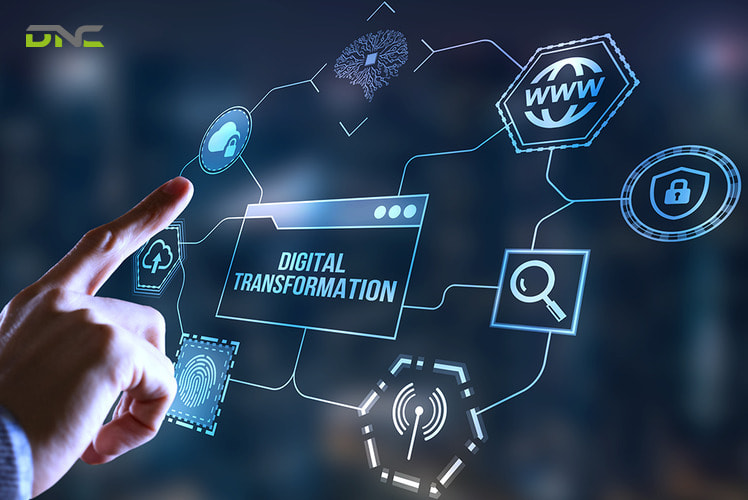
Start with Process Mapping and Digital Readiness Assessment
FAQ: Digital Transformation in Logistics
1. What is the difference between automation and digital transformation?
Automation focuses on using machines or software to perform specific repetitive tasks more efficiently. Digital transformation, on the other hand, is a broader, strategic shift — it involves integrating digital technologies (AI, IoT, analytics, cloud) across all logistics operations to enhance visibility, decision-making, and overall business performance.
2. How long does it take to digitalize a logistics operation?
The timeline varies depending on the scale and complexity of operations.For small or mid-sized companies, initial digital integration (such as WMS, data analytics, or IoT tracking) can take 3–6 months, while full end-to-end transformation across multiple sites may require 12–24 months.
3. Can SMEs afford digital transformation in logistics?
Yes. Many scalable and cloud-based solutions now make digital transformation accessible to SMEs. By starting small — for example, automating warehouse tracking or integrating real-time dashboards — businesses can achieve quick wins and expand gradually as ROI improves.
4. What kind of ROI can companies expect?
ROI depends on the scope of digital initiatives, but companies typically see improvements such as:
- 10–30% cost savings through process automation and reduced downtime.
- 20–40% faster order fulfillment thanks to better coordination and real-time data.
- Higher accuracy in inventory management and forecasting.
Conclusion
Digital transformation is no longer optional for logistics companies — it is essential for staying competitive, improving operational efficiency, and meeting rising customer expectations. By embracing technologies such as IoT, AI, robotics, cloud computing, and advanced analytics, businesses can gain end-to-end visibility, reduce costs, enhance accuracy, and build a more resilient supply chain capable of adapting to market fluctuations.
For companies in Malaysia looking to accelerate their logistics digitalization, DNC Automation offers a proven track record in end-to-end automation and digital integration.
From warehouse robotics and conveyor systems to WMS/WCS integration and IoT-enabled real-time tracking, DNC delivers tailored solutions that fit the unique needs of each business. With local technical support, ongoing maintenance, and expertise in system upgrades, DNC ensures your digital transformation journey is smooth, scalable, and ROI-driven.
- 22 views
- 0 Comment



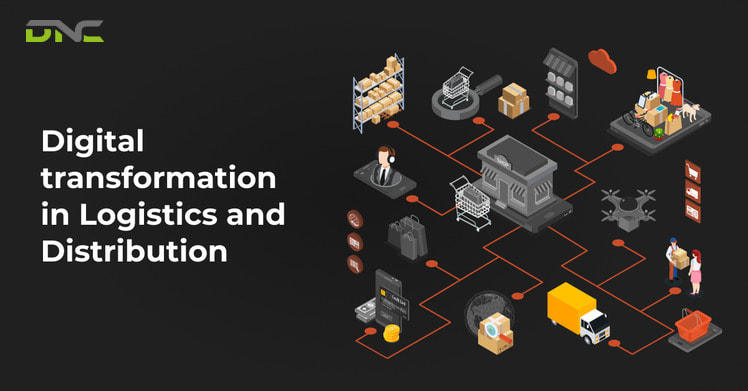
Recent Comments